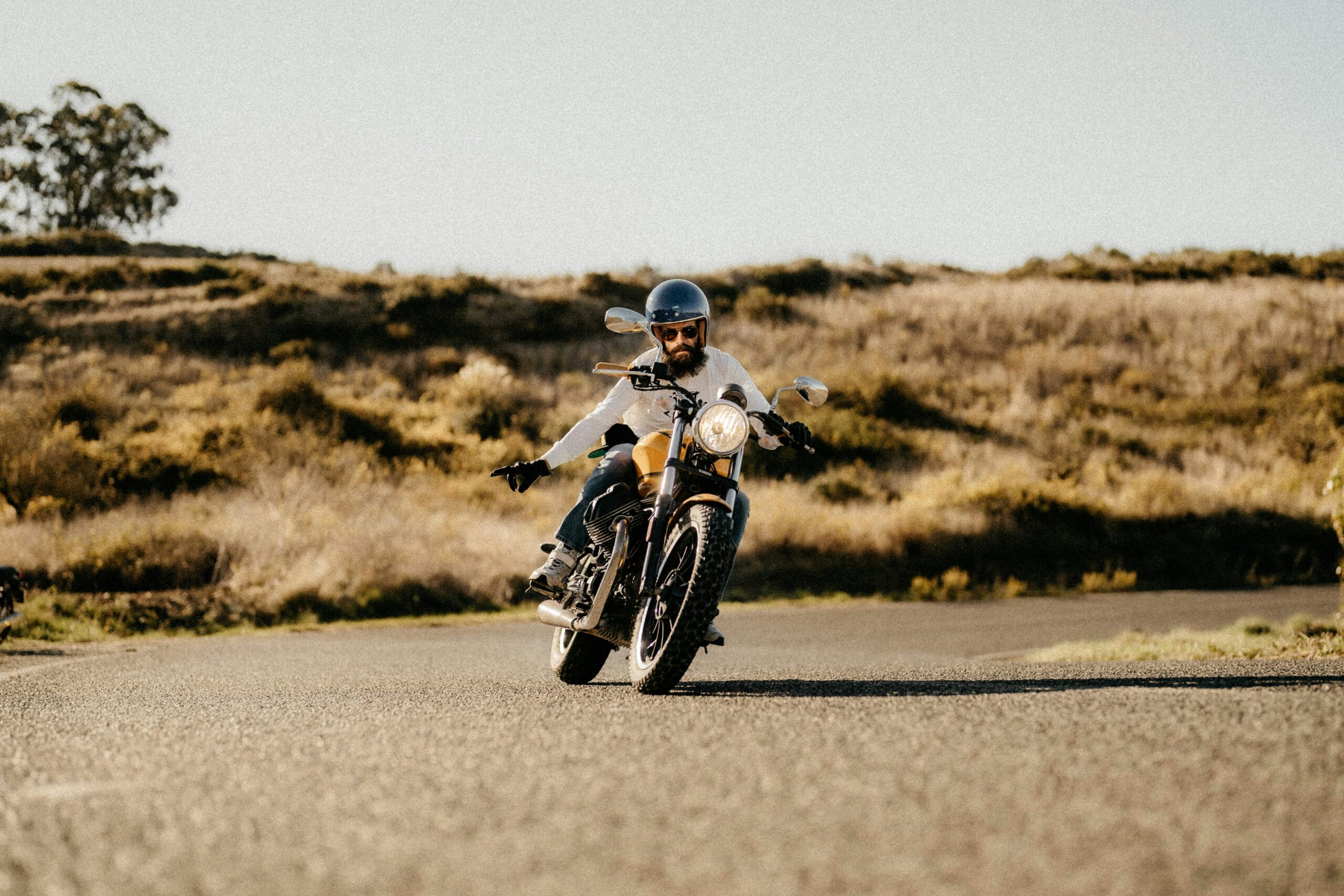Long-distance motorcycle touring can be one of the most exciting ways to explore the world. But not all motorcycles are built for adventure. If you’re planning a big trip, you need the right bike to carry you over long roads, rough terrain, and through all kinds of weather. Choosing the best adventure motorcycle for long-distance touring is about more than style. It’s about comfort, reliability, and performance. In this guide, we’ll break down the key features that matter when picking the best motorcycle for your journey.
Comfort Is Key for Long Rides
Comfort should be your top concern when picking an adventure motorcycle for long-distance touring. You’ll be sitting for hours, sometimes in hot sun or cold rain. The seat should be wide and soft enough to support your body. A good seat makes all the difference after a few hundred miles on the road.
Handlebar height and footpeg position also matter. A more upright riding position helps reduce back and wrist pain. Adjustable handlebars can help you find the most natural position. Some bikes allow you to change the seat height, too, which is great for riders of different sizes.
Wind protection is another comfort factor. A windshield helps block wind, rain, and bugs. Some adventure motorcycles come with adjustable windshields. Others let you add one later. A larger windshield makes long rides easier and less tiring.
Engine Power and Fuel Efficiency Matter
The engine is the heart of your motorcycle. When choosing the best adventure motorcycle for long-distance touring, you want a strong but fuel-efficient engine. It should have enough power to handle hills, highways, and heavy luggage. But it should also give you good mileage, so you don’t have to stop for fuel too often.
Smaller engines, like 650cc, are lighter and use less fuel. They’re easier to handle, especially for beginners. Larger engines, such as 1000cc or more, provide more power and speed. They are better for riders who want to cover long distances quickly or carry more gear.
The best engine size for you depends on your riding style and experience. If you want to ride off-road or on narrow trails, a smaller engine might work better. If you’re sticking to highways and paved roads, a bigger engine might suit you more.
Storage and Luggage Options Are a Must
When you go on a long-distance trip, you need space to carry your gear. That’s why the best adventure motorcycles for touring come with luggage racks or pannier systems. These allow you to have clothes, tools, food, and other essentials.
Some motorcycles come with hard panniers, which are strong and waterproof. Others let you attach soft bags or duffel bags. Think about what kind of storage you need. Will you be camping or staying in hotels? Do you need room for cooking gear, spare parts, or camera equipment?
It’s also smart to check how easy it is to load and unload your gear. Some luggage systems have quick-release locks, which can save you time when stopping for the night. Also, be sure the luggage doesn’t affect the bike’s balance. A well-balanced motorcycle handles better, especially when fully loaded.
Off-Road Ability Can Expand Your Route
Adventure riding is all about freedom. Sometimes the road runs out, and you’ll need a motorcycle that can handle off-road terrain. Not every long-distance trip stays on the highway. That’s why off-road ability is a significant factor in choosing the best adventure motorcycle for touring.
Weight plays a role, too. Lighter bikes are easier to control off-road. If you think you’ll spend more time on trails than pavement, go for a lighter adventure motorcycle with basic electronics and fewer heavy parts.
But if your touring plans involve mostly paved roads with only short off-road sections, a heavier and more powerful bike could still be your best bet. Think carefully about the type of roads you’ll ride most.
Technology and Safety Features Add Peace of Mind
Technology can make your ride safer and more enjoyable. Many modern adventure motorcycles come with ride-assist features that help both new and experienced riders. These can include ABS (anti-lock braking system), cruise control, ride modes, and GPS navigation.
ABS helps prevent your wheels from locking during sudden stops. It’s beneficial in wet weather or on gravel roads. Cruise control enables you to keep a steady speed on long highway stretches. It reduces wrist strain and can help you save fuel.
Ride modes let you adjust the bike’s settings based on road conditions. For example, a “rain” mode might reduce power for better control in slippery conditions. A “sport” mode can make the throttle more responsive on smooth roads.
